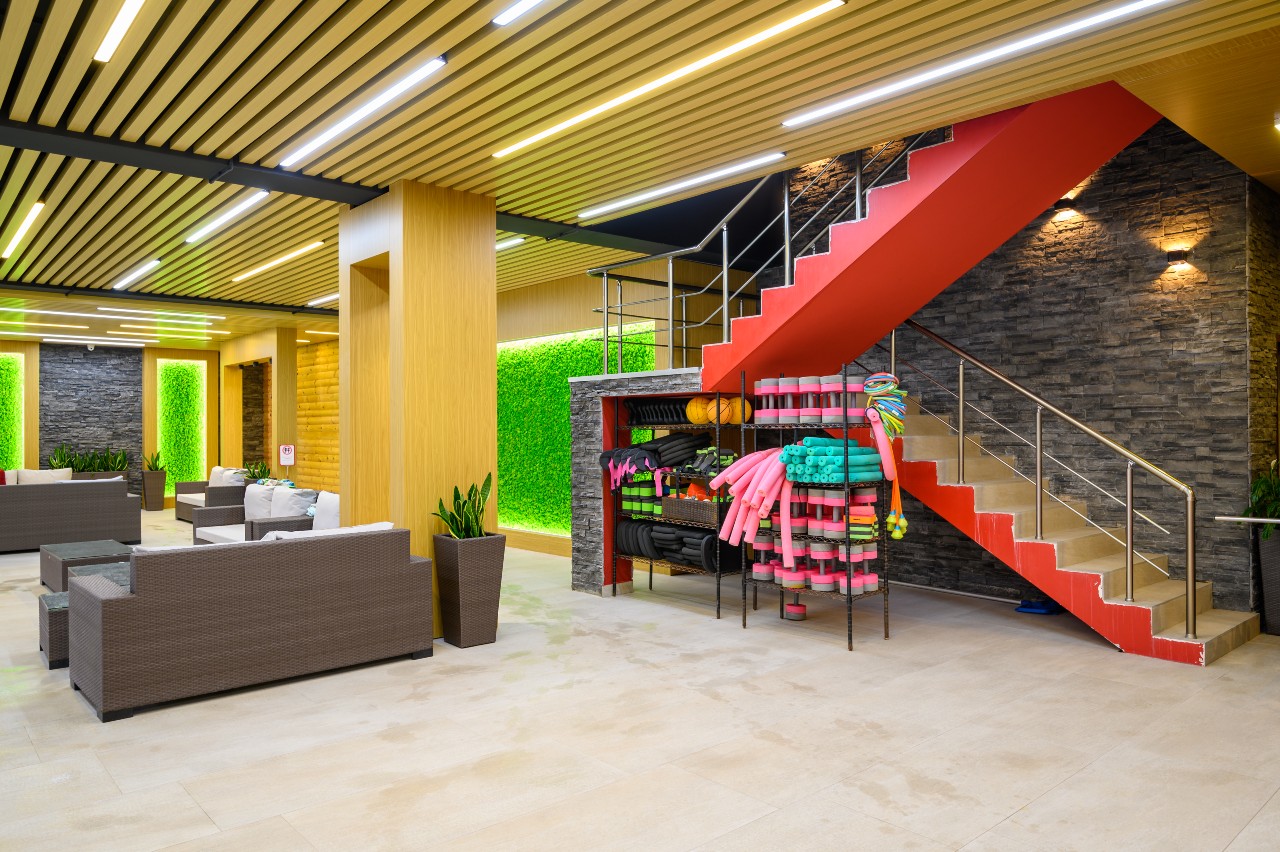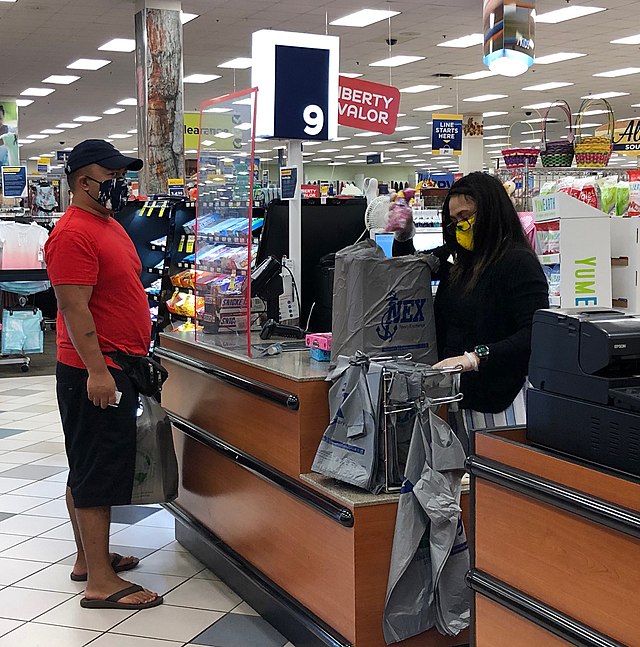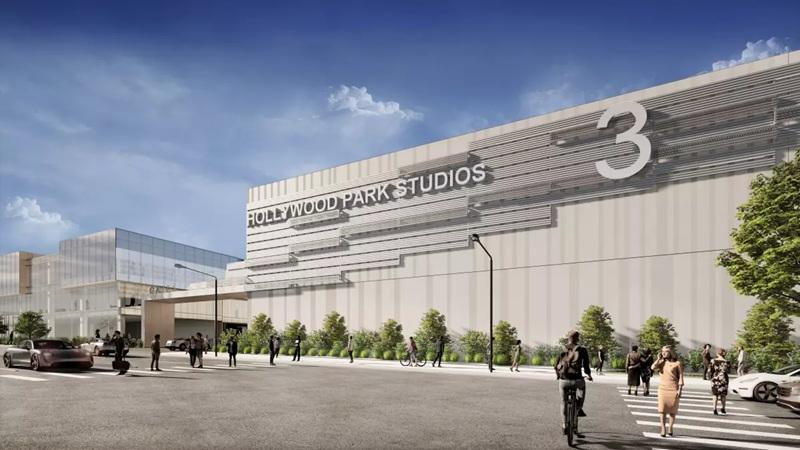I recently gave you a detailed forecast of the future of industrial investment, but today we’re taking a closer look at a more dynamic commercial asset class. One often carried on the at-times fickle whims of consumer behavior and the volatile global market. We’ve all heard that the “pandemic changed everything” and, while that may be hyperbole, it’s very apt when applied to retail property investment. Just ask any of the shops that closed their doors during the heyday of Covid. And, when you’re done, ask the essential businesses that stayed open! Here’s what you need to know about the future of retail space.
The Benefits of Investing in Retail Space

For an asset class subject to so many external factors, retail property offers a wealth of benefits to investors willing to weather the risks.
- Longer Leases: Historically, retail property for lease is on the longer-term side, but we’ll go into a caveat or two later in the blog.
- Tenant Investment: More often than not, tenants need to customize retail space, anchoring them to those longer leases with personal investment.
- Low Cost of Entry: When compared to apartments, warehouses, hotels, etc., retail property for sale typically carries a lower price tag, making it an ideal way to start your investment portfolio.
- Tenant Coverage of Utilities: Utility bill responsibilities traditionally fall on the tenant.
- Risk-Adjusted Returns: Retail property investment arguably offers the best chance at a well-balanced return, considering the risks and profits.
- Tenants With Solid Credit: Everyone needs a place to live. But not everyone needs their own retail business. It’s why your retail property for lease will attract more credit-worthy tenants on average than say an apartment.
- Portfolio Diversity: Retail space is modeled in such a way that you can strategize a good mix of long-term tenants for security and short-term tenants for flexibility.
Potential Consequences of Retail Space Investment
While retail property investments may have fewer risks in number compared to the benefits, the potential consequences are significant.
- Economic Decline and Inflation: As we mentioned, retail properties are particularly sensitive to inflation and economic downturns such as recessions.
- Longer Tenant Searches: While apartment vacancies can often be filled quickly, finding the right tenant for retail space can take time and meticulous attention to detail. Fortunately, a real estate agent can help!
Evaluating the Potential of a Retail Property for Sale

With those consequences in mind, how can you tell whether a specific retail building is worth the risk? You’ll want to consider the same factors that your tenant analyzes before opening a new location. These include:
- Target Demographic
- Socioeconomic Behavior
- Patterns of Foot Traffic
- Area Competition
- Potential for Cannibalization of Pre-Existing Locations
- Market Growth
- Store Location
Collecting all of this data may seem overwhelming, let alone analyzing it. This is yet another area where a real estate agent is indispensable.
Mom-and-Pop Shops: Adapting to the Future
Before we get into developing trends and the future of retail space, we need to take a moment to evaluate a particularly volatile corner of the retail sector: the mom-and-pop shop. It seems that there’s constant talk about the death of these small businesses. But the truth is a bit more complex. We can expect to see small business owners filling retail vacancies for decades to come. Yet, it’s crucial that they maintain their competitive edge by changing with the times.
An experiment conducted on small businesses in Mexico City indicates the significant power behind adaptability. Researchers introduced targeted marketing improvements to certain locations, targeted management improvements to other locations, and, of course, the remaining locations served as a control group. Some of the marketing improvements included branding upgrades like clearer signage, in-store promotions, and loyalty programs. Management improvements focused on company structure, customer service training, and product optimization.
Promising Results

Unsurprisingly, both groups showed a marked increase in sales over the control group. After two years, businesses that incorporated the management improvements enjoyed an almost 19% monthly sales increase. Meanwhile, the small businesses that optimized products saw monthly sale surges of 15%. Within about six months, the costs of these improvements had already paid for themselves.
It’s also worth noting that none of these profit surges ate into the sales of surrounding businesses. While more research is needed, this study shows that the mom-and-pop shop has a future… if it wants it.
Trends Point to the Future of Retail Space Investment
To chart the future path of retail space investment, we need only look to the trends that formed in the wake of the pandemic.
Reconfiguring Your Retail Property
When weighing the potential profitability of a retail building, an investor needs to account for the current inventory of retail space on the market versus the demand. You may jump to the conclusion that a retail property for sale in an area with an abundance of retail property is a bad investment. But this isn’t necessarily the case.
We’re seeing more and more instances of retail properties being repurposed for distinctly non-retail uses in areas where inventory far outpaces demand. Investors interested in such a prospect will need to consider zoning restrictions amongst a host of other factors. But if a property qualifies as retail space, it doesn’t necessarily need to remain that way.
Along that same vein, you may find yourself with tenants interested in downsizing. This isn’t necessarily a bad thing. If a tenant is struggling and sees downsizing as a solution, this frees you up to take on another tenant and further diversify your income streams. And with more tenants, you can often look forward to more foot traffic.

Online Sales Synergy with the Halo Effect
The digital marketplace is often portrayed as the arch nemesis of the brick-and-mortar retail shop. But this ignores an unlikely symbiosis, even as e-commerce continues to surpass physical locations in sales. Dubbed the halo effect, it clarifies that physical locations directly benefit from website traffic and vice versa.
When conducting a study into the impact of the halo effect, ICSC discovered that a business enjoys an online sales surge averaging 7% for the 13 weeks following the opening of a brick-and-mortar location. Perhaps even more staggering, businesses that decide to close a physical location endure a 12% sales penalty to their e-commerce platform. And depending on the type of retail, that decline can be even worse.
Savvy businesses are using location-based data to customize their business plan to the relationship between their physical and e-commerce shops. In most cases, this means committing to a smaller retail space that’s easier to stock while keeping additional inventory offsite for online orders. This model typically translates to a higher sales volume per square foot.
More Lease Flexibility
We briefly touched on the benefit of orchestrating a series of long-term and shorter-term leases in your retail property. To expound on that a bit, such diversification allows you the reliability of credit-backed businesses in the long-term and the mobility of smaller businesses leaving or renewing leases often enough to freely increase rents.
But businesses burned by the pandemic are now looking for greater flexibility when shopping for a retail property for lease. And it’s a consideration you’ll need to seriously mull over in certain situations where a competitive edge is paramount. On average, retail lease periods have shortened since the pandemic. This means a shorter wait to the re-negotiation period. But it also means reduced reliability.

The rising popularity of turnover leases highlights this growing emphasis on flexibility. If you’re unfamiliar, a turnover lease is one in which the rental payment is determined either partially or fully by the turnover rate accrued by the business’s activity. In short, you get a higher rent payment when business is booming.
And when it’s not? Prepare to tighten the belt. While retail investors weren’t likely to consider turnover leases in the past, the pandemic has left many businesses wary of signing a lease that doesn’t have some sort of turnover aspect. In these matters, it pays to enlist a talented real estate agent to win you back some sort of compensation at the negotiation table.
Protective Provisions in Retail Space Leases
Some potential retail tenants prefer protective provisions, another souvenir from the pandemic days. Popular provisions include:
- Option to annually claim up to three months’ rent back
- Even liability split between landlord and tenant
- Suspension of payments in the event of an emergency
It’s obvious how such provisions would be appealing to the myriad of businesses that had to shutter during the pandemic. But essential businesses that remained open also felt a pain point to which they don’t want to return anytime soon. Though they remained in operation, most of these businesses experienced a significant dive in foot traffic and profit. Therefore, you should expect essential businesses to be equally interested in protective provisions.
Plotting Your Course Through the Future of Retail
The best practice when entering into sensitive negotiations with retail tenants is to work closely with a real estate agent. Considering the rapid changes in retail space investment, artful negotiation is more important than ever. If you’ve got questions about your retail investment plans, don’t hesitate to reach out today!





One Comment on “Where is Retail Space Investment Headed in the Future?”